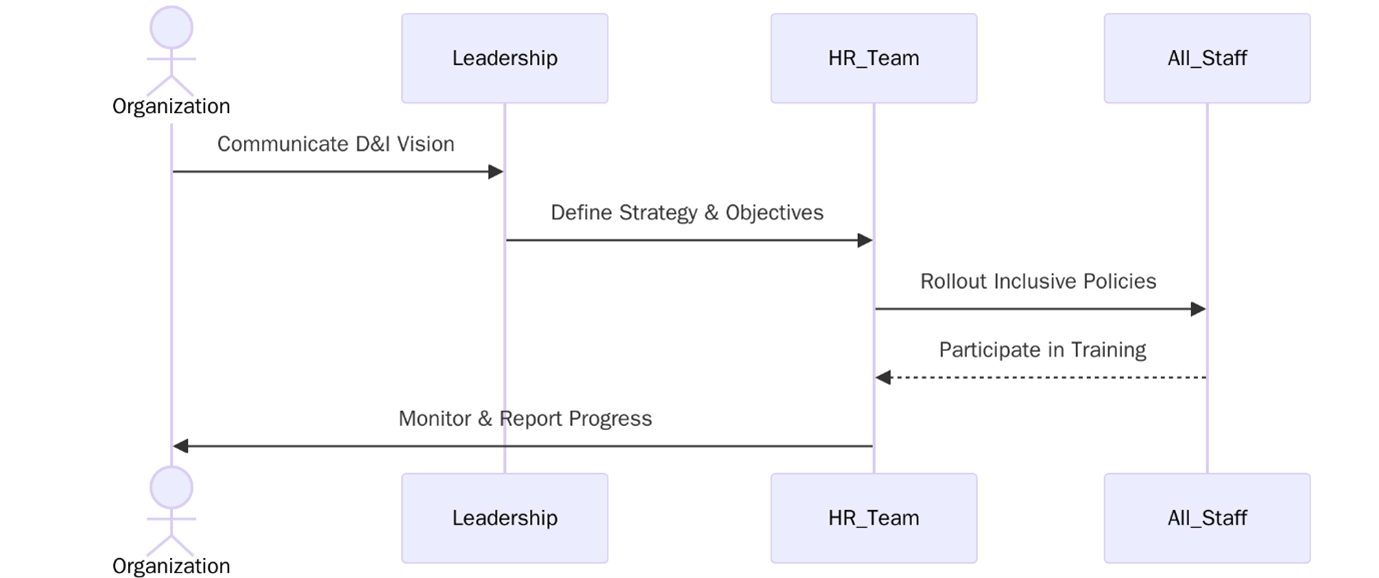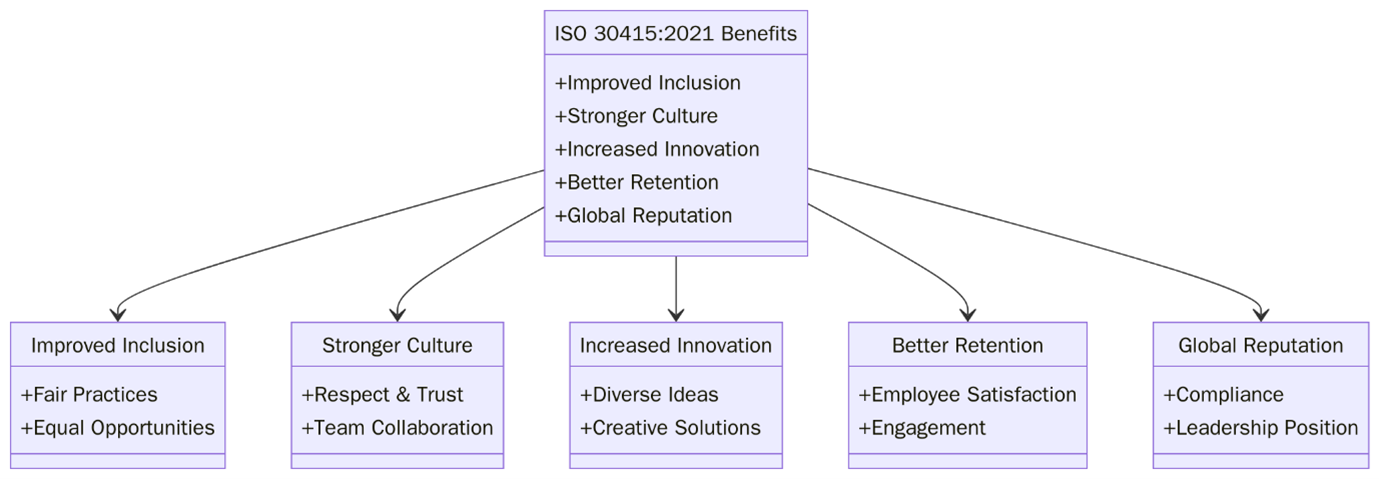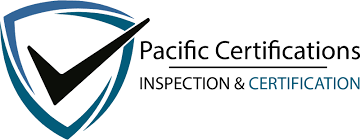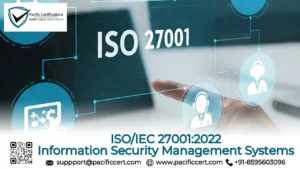What is ISO 30415:2021?

ISO 30415:2021 is the first international standard focused on diversity and inclusion (D&I) within the context of human resource management. Published by the ISO, this standard provides guidelines for creating and maintaining inclusive workplaces where diverse individuals can contribute fully and equitably.
ISO 30415 acts as a framework for self-assessment and strategic planning for continuous improvement related to organizational culture, policies, recruitment, retention, leadership, and decision-making through the lens of diversity, equity and inclusion (DEI). ISO 30415 helps embed inclusivity into core operations, values, and leadership behavior.

Need support with ISO 30415 for your organization? Contact us at support@pacificcert.com.
Scope and Applicability
ISO 30415:2021 is applicable to:
- Corporate enterprises (small, medium and large)
- Public institutions and government agencies
- Non-governmental organizations (NGOs)
- Educational institutions and training bodies
- Startups and multinational corporations
- HR consultants and policy advisors
It applies across sectors, sizes, and geographies, and can be customized to specific legal and organizational contexts. The standard supports organizations in developing inclusive practices in:
- Workforce recruitment and development
- Leadership and accountability
- Product and service design
- Supplier engagement
- External communication and branding
Looking to explore its relevance for your team? Contact support@pacificcert.com.
Purpose
The core objective of ISO 30415 is to eliminate discrimination and foster belonging in all areas of organizational life. It helps organizations:
- Recognize and address bias (conscious and unconscious)
- Ensure fairness in employment practices
- Build inclusive cultures that reflect diverse identities and perspectives
- Comply with national and international human rights frameworks
- Leverage diversity as a strategic advantage
By embedding D&I into leadership, values, and operations, ISO 30415 enables organizations to be more resilient and ethically aligned with stakeholder expectations.
What are the key Principles of ISO 30415?
ISO 30415 is built around core principles, including:
- Respect for Human Rights: All people must be treated with dignity, equality, and fairness.
- Leadership Accountability: Leaders are responsible for driving inclusion through policies, communication, and modeling inclusive behavior.
- Systems Thinking: Inclusion must be embedded in every process, recruitment, promotion, team-building, conflict resolution, etc.
- Intersectionality: Acknowledging overlapping identities (race, gender, age, disability, religion) is essential to equity.
- Transparency and Dialogue: Open communication with employees and stakeholders fosters trust and learning.
Need help aligning your strategy with these principles? Contact us at support@pacificcert.com.
How to Implement ISO 30415 in Your Organization?
Implementing ISO 30415 involves a strategic and systemic approach, including the following steps:
- Top management must demonstrate commitment to diversity and inclusion by defining clear objectives, allocating resources, and setting behavioral expectations.
- Draft or update workplace policies covering non-discrimination, inclusive language, hiring practices, and disciplinary procedures.
- Conduct internal audits, employee surveys, and process reviews to identify bias, underrepresentation, or exclusion in HR and operational practices.
- Integrate D&I considerations into job descriptions, selection criteria, onboarding, and succession planning.
- Offer training on cultural awareness, unconscious bias, inclusive leadership, and allyship.
- Ensure diverse representation and input in leadership forums and operational decision-making.
- Establish KPIs and feedback mechanisms to monitor progress and refine D&I actions.
Documentation Required
Organizations should maintain documentation to guide and demonstrate D&I integration. Key records may include:
- Diversity and inclusion policy
- Leadership roles and responsibilities for D&I
- HR procedures aligned with equity and inclusion goals
- Employee engagement and climate survey results
- Training records on diversity and inclusion
- Complaints or grievance records related to discrimination or bias
- Metrics and reports on recruitment, promotion, and pay equity
- Accessibility evaluations of workspaces, technology, and communication
Clause-wise Structure
Clause No. | Clause Title | Description |
1 | Scope | Defines the scope of the standard: promoting diversity and inclusion across the organization. |
2 | Normative References | Identifies referenced documents indispensable for application of the standard (none are listed). |
3 | Terms and Definitions | Clarifies the key terminology such as “diversity,” “inclusion,” “equity,” “bias,” and “accessibility.” |
4 | Guiding Principles | Lists the foundational principles of D&I such as fairness, transparency, equal opportunity, and respect. |
5 | Governance and Leadership | Stresses the role of leadership in setting accountability and fostering a culture of inclusion. |
6 | D&I Policies | Guidance on developing and implementing inclusive HR and organizational policies. |
7 | Engaging Stakeholders | Discusses inclusive engagement practices for internal and external stakeholders. |
8 | D&I in Human Resource Processes | Core clause addressing how to embed D&I in hiring, onboarding, training, promotions, and more. |
9 | D&I in Workplace Environment and Culture | Guidance on building a workplace culture that supports psychological safety, accessibility, and equity. |
10 | Evaluation, Measurement and Improvement | Methods for tracking D&I progress, setting KPIs, and promoting continuous improvement. |
What are the requirements of ISO 30415:2021?
- Senior management must define, model, and reinforce values that promote respect, openness, and equity.
- Ensure fair recruitment, development, and retention practices. Promote workplace flexibility, accessibility, and psychological safety.
- Mandatory and voluntary learning opportunities must be offered to raise awareness and equip staff with inclusive competencies.
- Design physical, digital, and procedural systems that consider the needs of people with different abilities and backgrounds.
- Include diverse stakeholder perspectives in product design, service delivery, community relations, and feedback processes.
- Monitor D&I outcomes and use internal/external benchmarks to continually adapt and improve the organizational culture.

What are the benefits of ISO 30415:2021?
- Helps build inclusive workplaces where individuals of all backgrounds feel safe and valued.
- Diverse teams bring a wider range of ideas, leading to creative solutions and better business outcomes.
- A strong commitment to inclusion appeals to job seekers, especially Gen Z and Millennials.
- Demonstrates social responsibility and strengthens brand equity among customers, investors, and regulators.
- Supports alignment with anti-discrimination laws, labor codes, and ESG reporting frameworks.
- Inclusive work environments see lower turnover, higher morale, and improved team collaboration.
- Supports several UN Sustainable Development Goals, including SDG 5 (Gender Equality), SDG 8 (Decent Work), and SDG 10 (Reduced Inequalities).

Organizations worldwide are being held accountable not just for profits, but also for social impact. ISO 30415 addresses growing demands from:
Investors prioritizing ESG metrics
Employees seeking safe, inclusive workplaces
Governments enforcing non-discrimination and pay equity regulations
Consumers aligning with value-driven brands
Market Trends
According to McKinsey’s recent study, companies in the top quartile for ethnic and gender diversity were 36% more likely to outperform on profitability. Meanwhile, the WEF Global Gender Gap Report shows that companies with active inclusion policies are closing representation gaps 2x faster than others.
ISO 30415 is being adopted by multinational corporations, government agencies, and NGOs as a global best practice for DEI strategy.
Want to align your HR practices with evolving social expectations? Contact us at support@pacificcert.com!
How Pacific Certifications Can Help?
We provide end-to-end support for ISO 30415 implementation:
- Diversity & Inclusion gap assessments
- Staff training and leadership workshops
- Audits & certification
- Integration with ISO 9001, ISO 45001, and ESG strategies
- Surveillance audits
We at Pacific can help you align to with ISO 30415 with clarity and credibility. Start your ISO 30415 process today, email support@pacificcert.com!
FAQ on ISO 30415:2021
Is ISO 30415 certifiable?
It is a guidance standard, it can be audited internally or externally for compliance and best practice alignment.
Who should use ISO 30415?
Any organization that wants to formalize and improve its approach to diversity and inclusion.
How does it differ from ISO 30405 (HR recruitment guidelines)?
ISO 30415 focuses specifically on inclusion and equity throughout the employment lifecycle, while ISO 30405 deals primarily with recruitment.
Can ISO 30415 be integrated with ISO 9001 or ISO 45001?
Yes, it complements other ISO management system standards and can be embedded into your QMS or OH&S framework.
Is ISO 30415 mandatory?
No, it’s voluntary, but it strongly supports compliance with labor, equality, and anti-discrimination laws.
Ready to get ISO 30415:2021 certified?
Contact Pacific Certifications to begin your certification journey today!
Suggested Certifications –
Read more: Pacific Blogs






